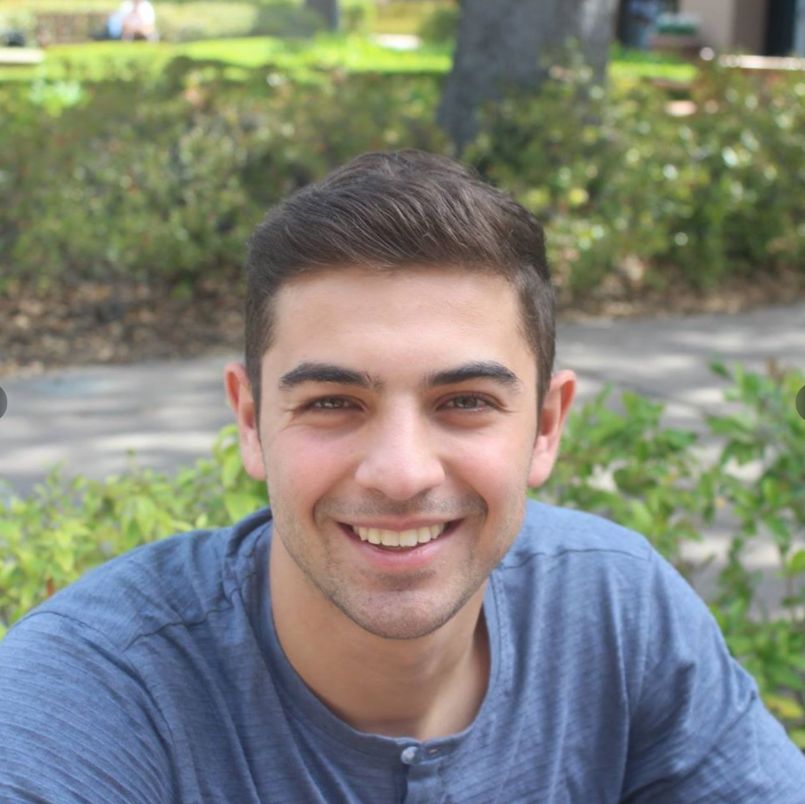
Zaid Nabulsi
Zaid is currently a senior machine learning engineer at Google, interested in large language models and healthcare. Previously, Zaid worked on an AI research team at Meta and completed an M.S and a B.S. at Stanford University, both in computer science.
Authored Publications
Sort By
Google
Assistive AI in Lung Cancer Screening: A Retrospective Multinational Study in the United States and Japan
Atilla Kiraly
Corbin Cunningham
Ryan Najafi
Jie Yang
Chuck Lau
Diego Ardila
Scott Mayer McKinney
Rory Pilgrim
Mozziyar Etemadi
Sunny Jansen
Lily Peng
Shravya Shetty
Neeral Beladia
Krish Eswaran
Radiology: Artificial Intelligence (2024)
Prospective Multi-Site Validation of AI to Detect Tuberculosis and Chest X-Ray Abnormalities
Sahar Kazemzadeh
Atilla Kiraly
Nsala Sanjase
Minyoi Maimbolwa
Brian Shuma
Shahar Jamshy
Christina Chen
Arnav Agharwal
Chuck Lau
Daniel Golden
Jin Yu
Eric Wu
Kat Chou
Shravya Shetty
Krish Eswaran
Rory Pilgrim
Monde Muyoyeta
NEJM AI (2024)
Optimizing Audio Augmentations for Contrastive Learning of Health-Related Acoustic Signals
Louis Blankemeier
Sebastien Baur
Diego Ardila
arXiv (2023)
Simplified Transfer Learning for Chest X-ray Models using Less Data
Christina Chen
AJ Maschinot
Jenny Huang
Chuck Lau
Sreenivasa Raju Kalidindi
Mozziyar Etemadi
Florencia Garcia-Vicente
David Melnick
Krish Eswaran
Neeral Beladia
Dilip Krishnan
Shravya Ramesh Shetty
Radiology (2022)
Deep Learning Detection of Active Pulmonary Tuberculosis at Chest Radiography Matched the Clinical Performance of Radiologists
Sahar Kazemzadeh
Jin Yu
Shahar Jamshy
Rory Pilgrim
Christina Chen
Neeral Beladia
Chuck Lau
Scott Mayer McKinney
Thad Hughes
Atilla Peter Kiraly
Sreenivasa Raju Kalidindi
Monde Muyoyeta
Jameson Malemela
Ting Shih
Lily Hao Yi Peng
Kat Chou
Cameron Chen
Krish Eswaran
Shravya Ramesh Shetty
Radiology (2022)
Deep learning for distinguishing normal versus abnormal chest radiographs and generalization to two unseen diseases tuberculosis and COVID-19
Shahar Jamshy
Charles Lau
Eddie Santos
Atilla Peter Kiraly
Jie Yang
Rory Pilgrim
Sahar Kazemzadeh
Jin Yu
Lily Hao Yi Peng
Krish Eswaran
Neeral Beladia
Cameron Chen
Shravya Ramesh Shetty
Scientific Reports (2021)
